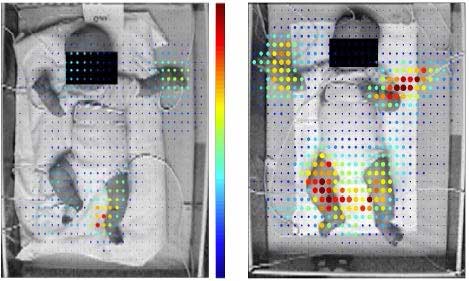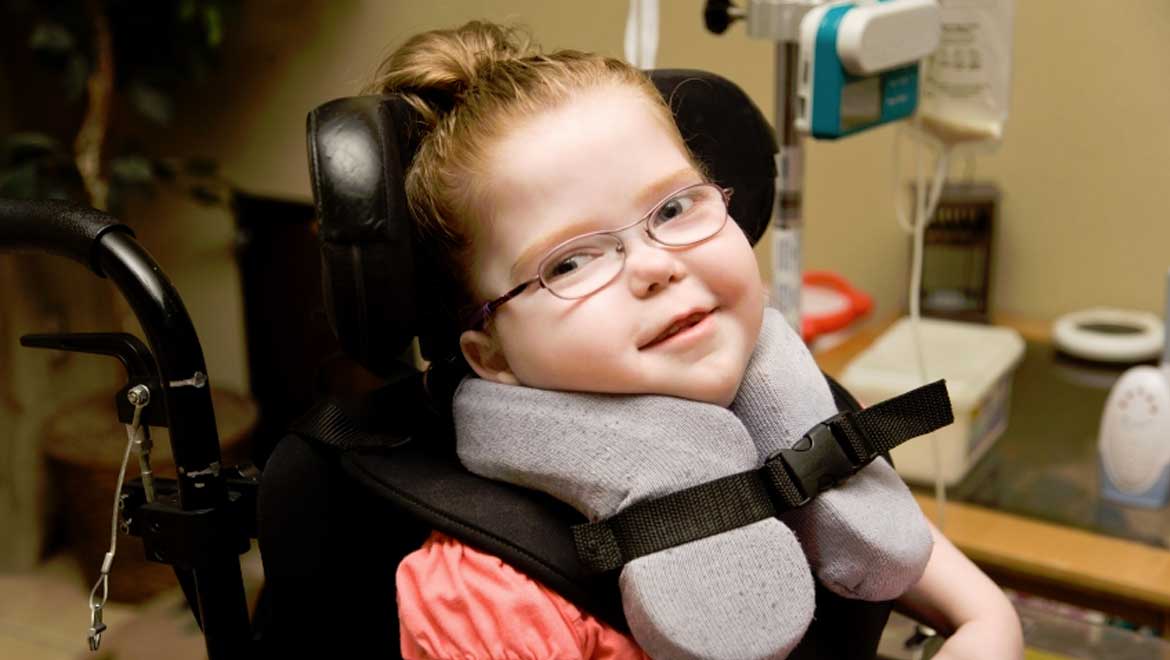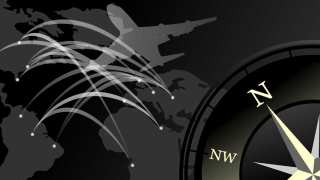Cerebral palsy affects muscle tone, movement and motor skills and is usually caused by brain damage occurring before or at birth, or during the first five years of a child’s life. The word cerebral refers to the brain and palsy to a disorder of movement and posture
Cerebral Palsy is one of the most common congenital disorders of childhood. Congenital meaning that it exists at or before birth. It’s estimated that in the US, half a million children are affected. It causes uncontrollable reflexive movements and tightness in the muscles which may affect parts or all of the body. Intellectual disability, seizures and problems with hearing and vision can also be present.
Early diagnosis of Cerebral Palsy is important because this means that infants can get the ongoing care that they need as soon as possible. Cerebral Palsy can be identified by the analysis of certain movements in infants however, this requires extended monitoring by doctors and nurses, combined with sifting through many hours of video footage.
In early infancy, healthy babies display distinct spontaneous movement patterns which can be reliably tracked. The observation of two particular movements can be used to predict the later neurological outcome of Cerebral Palsy. The first is a pattern of all limb and trunk muscles contracting and relaxing simultaneously, which doesn’t tend to occur in healthy infants. The second is an ongoing stream of small movement of the neck, trunk and limbs in all directions, which occurs at 9 – 18 weeks post term in healthy new-borns, but is absent in those identified as possibly having Cerebral Palsy.
Experts in the observation of movement patterns in young infants are able to identify those which will show later symptoms of Cerebral Palsy with a sensitivity of 95% however, in areas where there may not be such an expert, a reliable, objective and easy to use detection methods could make the early diagnosis of Cerebral Palsy more accurate.

Robot vision can be used to read an infant’s movements to determine if it has cerebral palsy. Photo: NTNU, St. Olavs Hospital
Annette Stahl, an Associate Professor of Robotic Vision at the Department of Engineering Cybernetics at the Norwegian University of Science and Technology has been investigating ways of automating the process of observation, which would mean that a robot with vision could monitor the patterns of movement instead, which would free up health workers limited time.
Stahl worked with the Norwegian University of Science and Technology and St. Olav’s hospital in Trondheim, to observe and record patterns of movement in infants. During the study, video recordings were made of 82 infants, 15 of whom were diagnosed with Cerebral Palsy at between two and five years of age. Motion features were extracted from the recordings to predict if they showed symptoms of Cerebral Palsy. The intention is to work towards creating a computer based assessment tool for use in clinical practice.
Top image: Children with Cerebral Palsy (getholistichealth.com)
References
https://pdfs.semanticscholar.org/fee1/3225d55769ce2de7bf9f118e8bbf576251eb.pdf
http://geminiresearchnews.com/2016/08/robot-vision-helps-detect-diseases-and-keep-fish-healthy/
https://www.ntnu.edu/employees/annette.stahl
http://www.webmd.com/children/tc/cerebral-palsy-topic-overview#1







No comment